Best Seasons for Foundation Repairs
Foundation repairs are most effectively performed during specific seasons when environmental conditions favor stability and quality work. Proper timing can help ensure the longevity of repairs and minimize disruptions. Understanding seasonal influences is essential for scheduling foundation work appropriately.
Spring offers moderate temperatures and increased moisture, which can facilitate certain repair processes. However, excessive rain may cause delays or complications.
Summer provides dry weather, ideal for many repair activities. High temperatures, however, may require work during cooler parts of the day to prevent material issues.
Fall often presents cooler temperatures and less rainfall, making it a suitable time for foundation repairs before winter.
Winter conditions can hinder foundation repairs due to freezing temperatures, frozen ground, and snow, which may cause delays or additional risks.
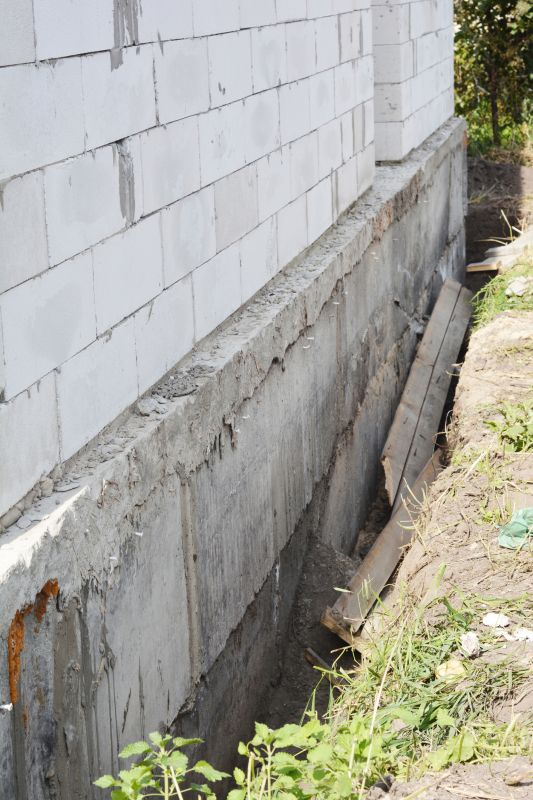
Spring's moisture and moderate temperatures support effective foundation repair work.

Dry summer months allow for uninterrupted repair activities and quicker completion.
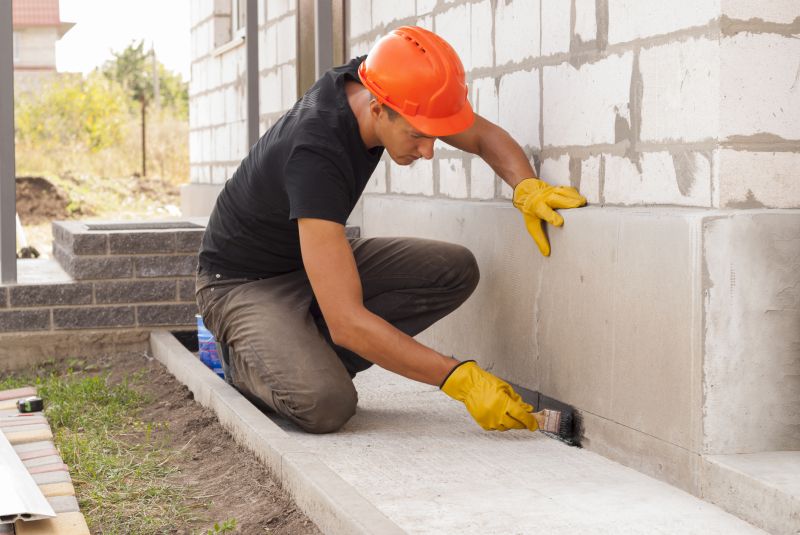
Cooler weather and less rain make fall an ideal season for foundation repairs.

Ways to make Foundation Repairs work in tight or awkward layouts.
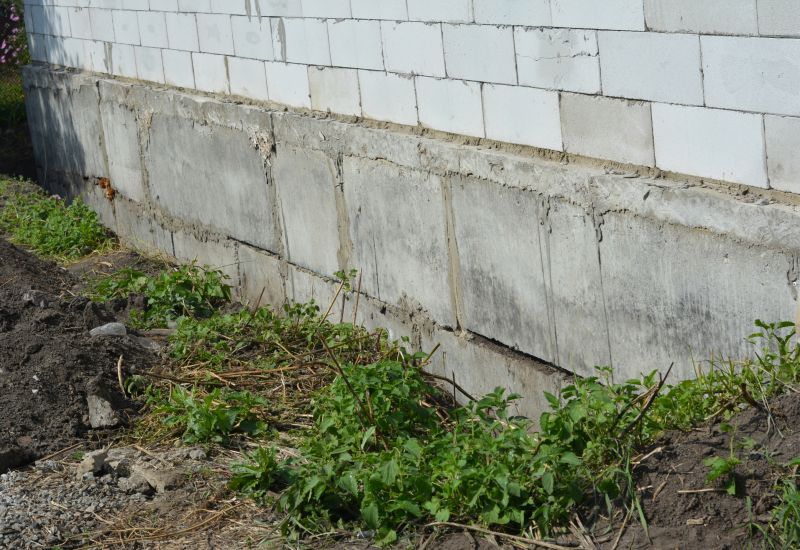
Popular materials for Foundation Repairs and why they hold up over time.
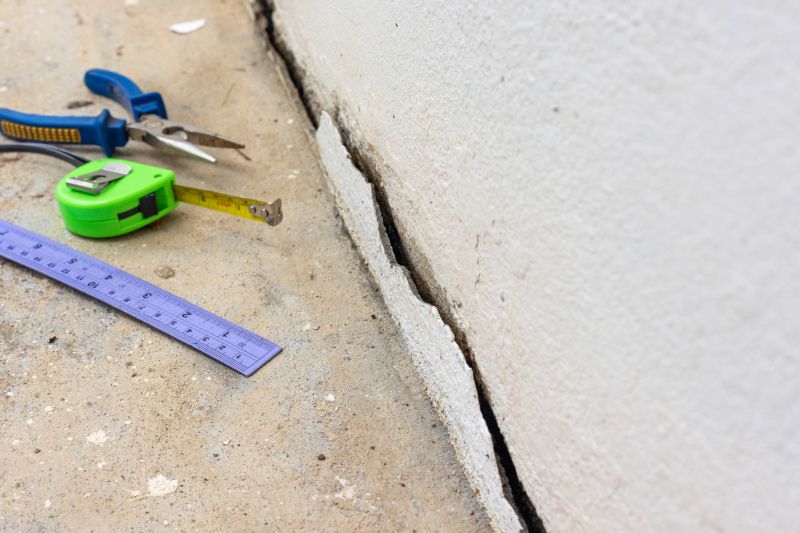
Simple add-ons that improve Foundation Repairs without blowing the budget.
| Season | Suitability |
|---|---|
| Spring | Moderate temperatures and moisture support repairs, but rain can cause delays. |
| Summer | Ideal for dry weather, suitable for most repair activities. |
| Fall | Good conditions for repair before winter, cooler temperatures. |
| Winter | Challenging due to cold, snow, and frozen ground; generally not recommended. |
Foundation repairs address issues such as settling, cracking, and shifting that can compromise structural integrity. Proper timing ensures that repairs are effective and durable. Seasonal factors like ground moisture levels, temperature fluctuations, and weather patterns significantly influence repair quality and scheduling. In regions with distinct seasons, late spring through early fall typically provide the most favorable conditions for foundation work. Accurate assessment of environmental conditions helps determine the best time for specific repair procedures, reducing the risk of future problems.
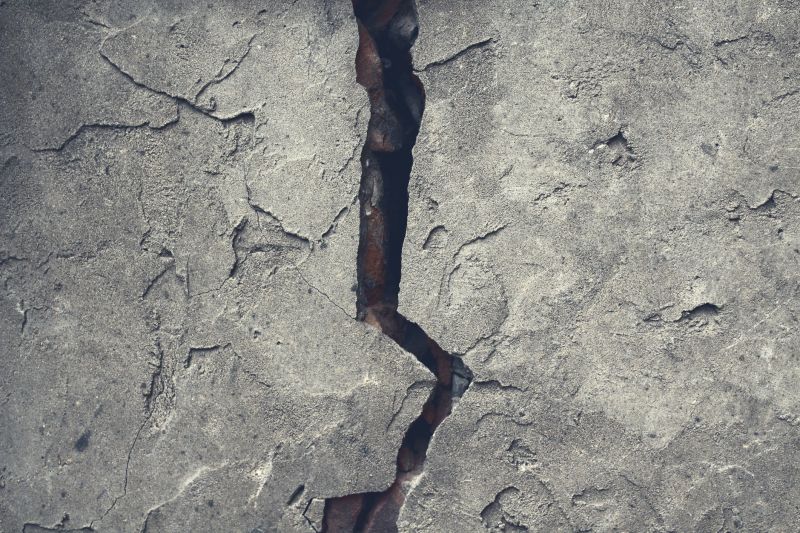
Cracks can indicate underlying issues that require timely repairs.

Proper soil conditions are crucial for foundation stability.

Piering is a common method to stabilize and lift foundations.
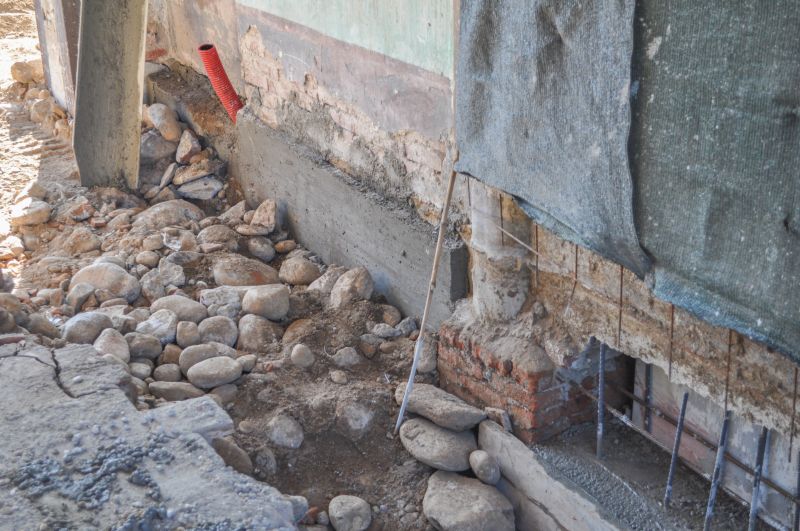
Underpinning strengthens and stabilizes the foundation structure.
Choosing the right time for foundation repairs can prevent further damage and reduce repair costs. Seasonal considerations, including ground conditions and weather patterns, play a vital role in planning. Regular inspections can identify early signs of foundation issues, enabling repairs to be scheduled during the most suitable season. Proper timing enhances the effectiveness of repairs, ensuring long-term stability and safety for the property.
Cracks in walls, uneven floors, and sticking doors may indicate foundation issues.
Addressing foundation problems early can prevent costly structural damage.
A thorough inspection helps determine the best repair timing and method.
Regular assessments can catch issues before they worsen.

